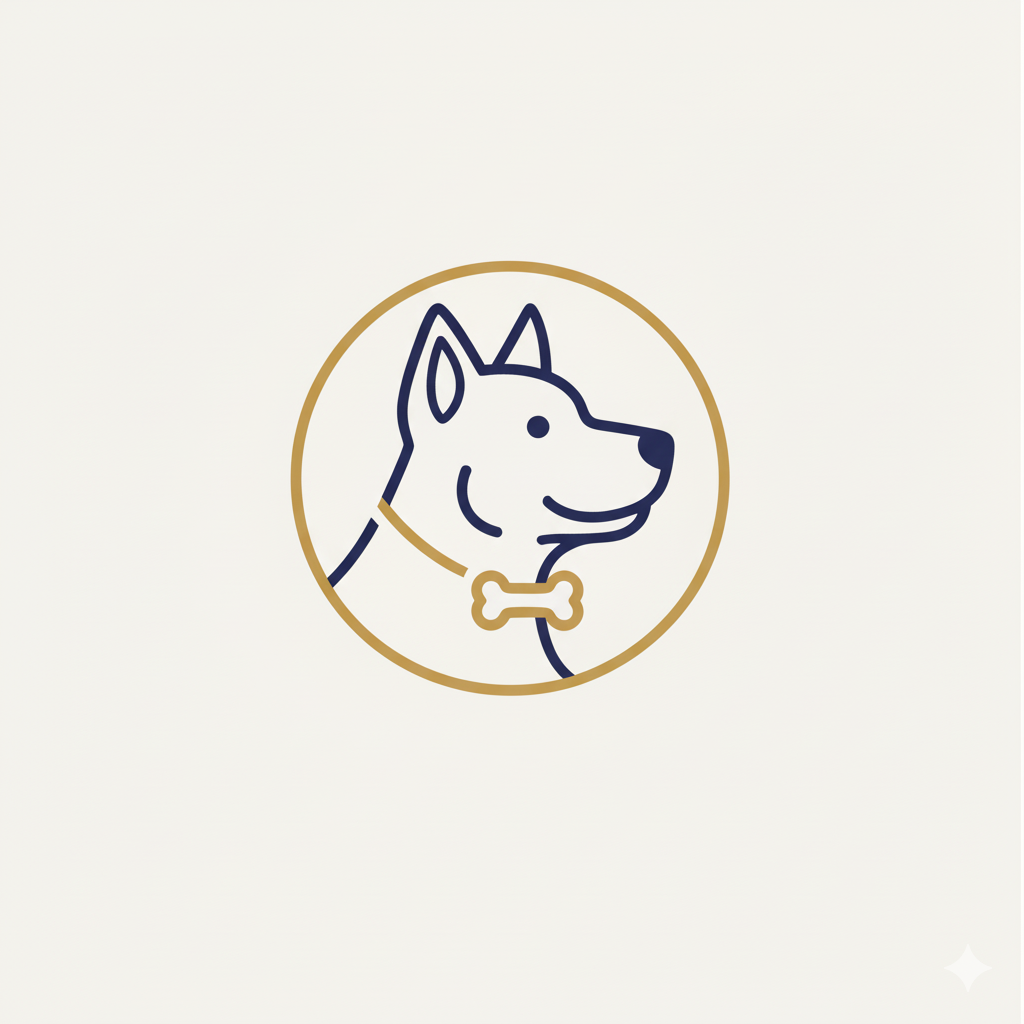Essential Techniques for Revealing Cat Personality in Photos
Capturing the true essence of UK cats requires more than just technical skill; it demands an understanding of each cat’s unique character traits and quirks. When photographing cats, the key is to focus on their expressions, posture, and genuine behaviours rather than staged poses. This approach brings authenticity to your images, showcasing personality in every shot.
Patience plays a crucial role in cat photography tips. Unlike dogs, many cats are not naturally inclined to pose on command, making it essential to observe them quietly. Watching how they interact with their environment or react to sounds provides moments perfect for candid captures. For example, a stretched-out yawn or an intense gaze reveals more about the cat’s mood than a forced position ever could.
Also to discover : What are the signs that your UK cat is stressed?
Additionally, understanding subtle body language—like tail flicks or ear movements—adds another layer to portraying personality. Using natural light and minimal distractions helps highlight these details, resulting in striking photographs that reflect the individuality of UK cats.
By combining patience, keen observation, and a focus on authentic behaviours, you’ll produce images that tell a story and capture your cat’s true spirit. These cat photography tips ensure lasting memories that perfectly reveal personality.
Also to see : How Do Cats Symbolize Mystery in British Folklore?
Optimising Settings and Lighting for Distinctive Cat Portraits
Capturing feline portraits with character requires thoughtful adjustment of camera settings. Selecting the right camera modes for cat photography is crucial; using shutter priority or manual mode helps freeze swift movements and memorable expressions. A shutter speed of at least 1/250s is ideal to avoid blur caused by sudden feline actions. For sharp focus, continuous autofocus mode tracks your cat’s movements, ensuring crisp images even during playful moments.
Natural lighting greatly benefits cat portraits by revealing authentic textures and colours without harsh contrasts. Daylight from windows provides soft, diffused illumination suited to highlighting fur details and eye reflections, key in making portraits striking. Compared to artificial setups, natural lighting reduces stress on cats, making them more relaxed and cooperative subjects.
Adjusting white balance and ISO settings optimises exposure in typical UK home environments, often dim or overcast. Setting white balance to ‘auto’ or custom mode avoids colour shifts, while using an ISO between 400-800 balances light sensitivity and noise levels. These settings help maintain image clarity without disturbing your cat with bright flashes, letting you capture distinctive, expressive portraits.
Adapting to Breed Traits and Temperaments
Understanding the personality behind each breed
Capturing the unique essence of UK cat breeds requires more than just technical skill; it demands sensitivity to each cat’s temperament. Some cats are naturally shy, pulling away from unfamiliar environments, while others brim with playful energy. For example, working with a reserved British Shorthair may involve gentle coaxing and quiet patience, allowing the cat to feel secure before snapping candid shots.
In contrast, playful breeds like the energetic Cornish Rex invite a different strategy. Photographers often use toys or interactive elements to channel this liveliness into stunning action shots. Understanding the breed-specific behavior turns these traits into strengths, rather than obstacles.
Tailoring your approach is equally important when photographing purebred versus mixed-breed cats. Purebred cats typically exhibit more predictable temperaments, making it easier to anticipate their reactions during a shoot. On the other hand, mixed-breed cats might show a blend of characteristics, so flexibility and observation are key.
Ultimately, mastering breed-specific photography elevates your work, revealing the character and charm unique to each cat. Adapting techniques to each cat’s disposition ensures authentic and engaging portraits that resonate with owners and admirers alike.
Equipment and Editing for Striking Cat Imagery
Unlock the tools and techniques that bring feline photos to life.
Choosing the best camera for cat photography hinges on capturing swift movements and soft lighting, especially indoors or on unpredictable UK outdoor days. Cameras with fast autofocus and high ISO performance excel. Mirrorless models with silent shutters help avoid startling curious cats. Pair these with lenses like a 50mm prime for natural portraits or a 70-200mm zoom for flexible distance shots.
Beyond gear, clever use of handy accessories—such as cat treats, toys, and simple backdrops—can keep your pet engaged and frame-focused. Treats boost cooperation, toys entice playful expressions, and plain or thematic backgrounds minimize distractions.
For the crucial final step, effective photo editing tips include subtle colour correction to enhance fur tones and maintain the natural look. Adjusting contrast and clarity can emphasize texture without overprocessing. Use editing software to lightly sharpen eyes and whiskers, drawing attention to the cat’s expressive features. Post-processing should enhance, not mask, the authentic charm of your feline subject.
Inspiration from UK Cat Owners and Photographers
UK cat photography examples reveal unique ways to capture the charm and personality of feline companions. These examples often blend cozy home settings with natural lighting, emphasizing a cat’s curious or playful nature. Many UK cat photographers share stories that inspire others to see cats beyond mere pets—as subjects full of expression and emotion.
Professional insights from UK cat photographers stress patience and timing. They recommend snapping photos during moments when cats are relaxed or engaged in activities, such as chasing toys or resting peacefully near a window. Using familiar environments helps cats feel comfortable, resulting in more natural, heartfelt images.
Real-life photo examples demonstrate the power of perspective, such as eye-level shots that connect viewers directly with the cat’s gaze. Behind-the-scenes tips include using soft-focus backgrounds to highlight the cat and experimenting with different angles to showcase distinctive markings or expressions.
UK cat owners document their cats’ personalities through candid shots and storytelling in images, often sharing their work online. This inspiration encourages others to create photo series that celebrate the quirks and moods unique to their cats, fostering a deeper appreciation and connection through photography. These stories and photos serve as a vibrant source of creativity for anyone aiming to capture their feline friend’s spirit.
